Chunpoong Brewery (춘풍양조장)
2.1Km 2025-03-14
101-3 Dasan-ro, Jung-gu, Seoul
Chungpoong Brewery, a specialized brewery producing makgeolli, offers brewery tours and tasting sessions, conveying the value of Korean alcohol. Through these programs, the brewery shares Korean liquor culture and provides information about Korean alcohol. Visitors can also enjoy a dining and alcohol experience here.
Gwanghwamun Gate (광화문)
2.1Km 2024-12-04
161 Sajik-ro, Jongno-gu, Seoul
+82-2-3700-3900
Built in 1395 under the reign of King Taejo, the first king of the Joseon dynasty, Gwanghwamun Gate is the southern gate of Gyeongbokgung Palace. It is also the main gate of the palace, therefore larger and fancier in comparison to the other gates. Gwanghwamun Gate consists of three arched gates; the center gate was used by the king, while the other two were used by the crown prince and royal officials. The tall granite walls of the gate serve as a platform for the wooden gate tower that watches over the city. The gate has a sign with its name written at the top center of the gate tower.
Gwanghwamun Gate went through several damages and restorations over the course of history. It was first severely damaged during the Imjin War (1592-1598) and was not restored until the reconstruction of Gyeongbokgung Palace in 1864. Under the Japanese administration, the gate was demolished and relocated to the north of the palace's eastern gate, followed by series of damages during the Korean War (1950-1953). In 1968, Gwanghwamun Gate was relocated back to the south of the palace and was rebuilt using concrete; however, the gate’s position was shifted a few meters away from its original location. In 2006, a major reconstruction project took place to restore Gwanghwamun Gate to its original state and location, disassembling the structure completely and replacing concrete with granite and wood. After three years and eight months of construction, Gwanghwamun Gate was fully restored to its original form and was open to the public on August 15, 2010.
Beodeul Maru - Korea Cultural Heritage Foundation Branch [Tax Refund Shop] (한국문화재재단 버들마루)
2.1Km 2024-10-15
37, Samcheong-ro, Jongno-gu, Seoul
-
Stay Passport Sindang Ryokan (스테이 패스포트 신당 료칸)
2.1Km 2025-04-24
33 Nangye-ro 11-gil, Jung-gu, Seoul
Stay Passport Sindang Ryokan offers a four major room types: "Goyo" and "Sohyang," designed for two who seek privacy and relaxation away from the busy city life; "Pungryu," accommodating up to four people, perfect for family guests or a group of friends; and "Pungyo," designed to offer utmost relaxation.
L’Escape Hotel (레스케이프 호텔)
2.1Km 2022-06-08
67 , Toegye-ro, Jung-gu, Seoul
+82-2-317-4000
L’Escape Hotel has multiple branches in Seoul and is a boutique hotel by Josun Hotel and Resort. It was listed on Forbes Travel Guide recommended hotels for three years in a row since 2020. The guest rooms were designed by world famous interior designer Jacques Garcia. Facilties include a fitness center, spa, and small banquet hall. The hotel is located a quick two minute walk from Shinsegae Mall.
Yejiwon (예지원)
2.1Km 2022-09-19
72, Jangchungdan-ro, Jung-gu, Seoul
+82-2-2253-2211
The Yejiwon is located in Seoul Jung-gu Jangchung-dong and has been offering traditional Korean etiquette education programs since its inception on September 16th, 1974. Furthermore, the Yejiwon also serves to introduce the traditional cultures and living cultures of Korean etiquettes to foreigners.
Most programs offered are short-term classes, and reservations can be made on the homepage up to 15 days in advance. Reservations are only available for groups of 10 or more and classes are instructed in Korean only, so it may be a good idea to be accompanied by a guide.
Samseong Bbalgan Yangnyeom Sutbulgui (삼성 빨간양념 숯불구이)
2.1Km 2020-06-16
37, Namdaemun-ro 1-gil, Jung-gu, Seoul
+82-2-752-6449
Samseong Bbalgan Yangnyeomg has been famous for its charcoal-grilled dishes since 1972, and is especially well known for its spicy seasoning made from powdered red pepper, garlic, and ginger. Pork is mixed with the seasoning, giving it the characteristic red color and unique flavor, and then grilled over hot coals. This is the perfect restaurant for spicy food-lovers or those looking for a challenge.
Other dishes include jumulleok (marinated pork) and donggeurangttaeng (batter-fried meatballs). Jumulleok is made by seasoning fresh meat, whereas donggeurangttaeng is made by cutting the frozen meat into small pieces, and then marinating it. Older adults usually prefer jumulleok, while the young prefer donggeurangttaeng.
Fatum (파툼)
2.1Km 2019-12-20
86-5, Samcheong-ro, Jongno-gu, Seoul
+82-2-739-9888
FATUM is famous for its great view of Samcheong-dong. Each floor is decorated with a different theme, from natural rocks on the first floor, comfort on the second floor, and indoor viewing places on the third and fourth floors, and outdoor seats on the fifth floor. The view features beautiful scenery including Bugaksan Mountain, Inwangsan Mountain, and Gyeongbokgung Palace at once, as well as a fantastic sunset from the café.
Samick Fashion Town (삼익패션타운)
2.1Km 2021-06-04
7, Namdaemunsijang 8-gil, Jung-gu, Seoul
+82-2-1566-4578
Located in the heart of the Namdaemun Market, the largest wholesale market in Korea and a popular tourist attraction, Samick Fashion Town is home to over 1,500 shops, spread among 15 floors. Opened in 1985, this giant, one-stop shopping destination offers shoppers virtually everything: from clothing (women’s, men’s, and children’s) and shoes to accessories for wholesale merchants and individual shoppers. The Samick Fashion Town is particularly known for its large children's section on the first floor and its giant shoe mall on the sixth that is unlike any other shoe store in Namdaemun Market. On the ninth floor is the food court and on the first basement level at MBIC Mall, visitors can find character products related to some of their favorite Hallyu stars. Character items include cushions, notebooks, mugs, t-shirts, postcards, stickers, mobile phone screen cleaners, and mechanical pencils featuring the comedians from Muhan Dojeon (Infinity Challenge) and other popular stars.
Yu Yuan (유 유안)
2.1Km 2017-02-24
97, Saemunan-ro, Jongno-gu, Seoul
With a name derived from Shanghai's beautiful garden, Yu Yuan displays the glamorous exuberance and abundance of Shanghai in the 1920s. Offered menus are mostly based on Guangdong cuisine along with other Chinese regional specialties such as Bejing Duck.
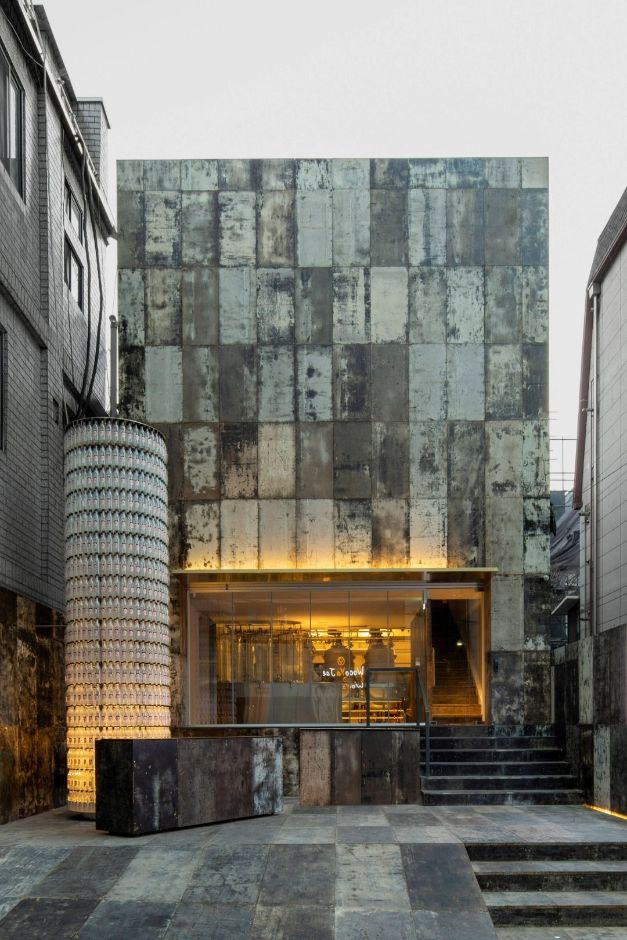

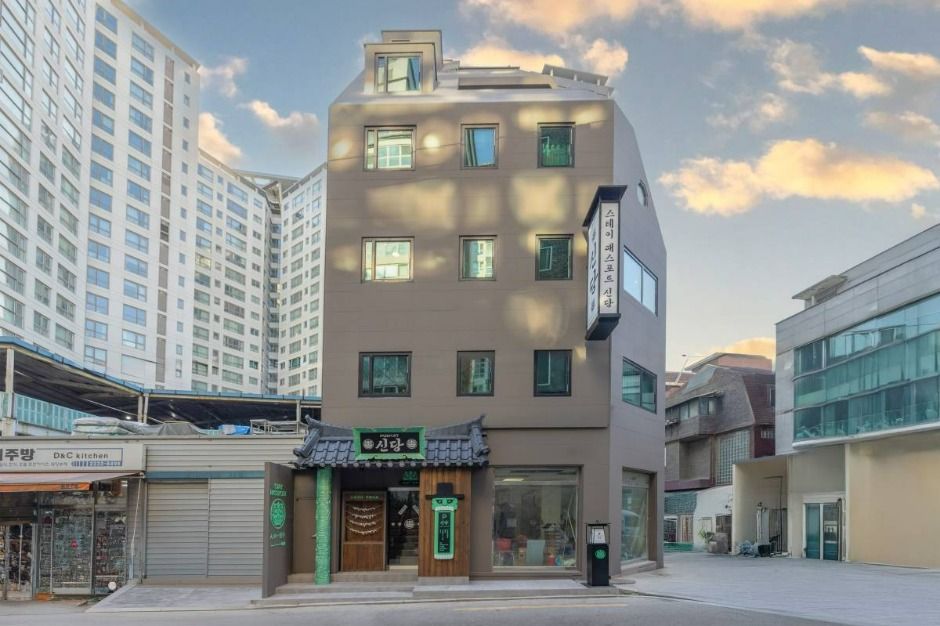
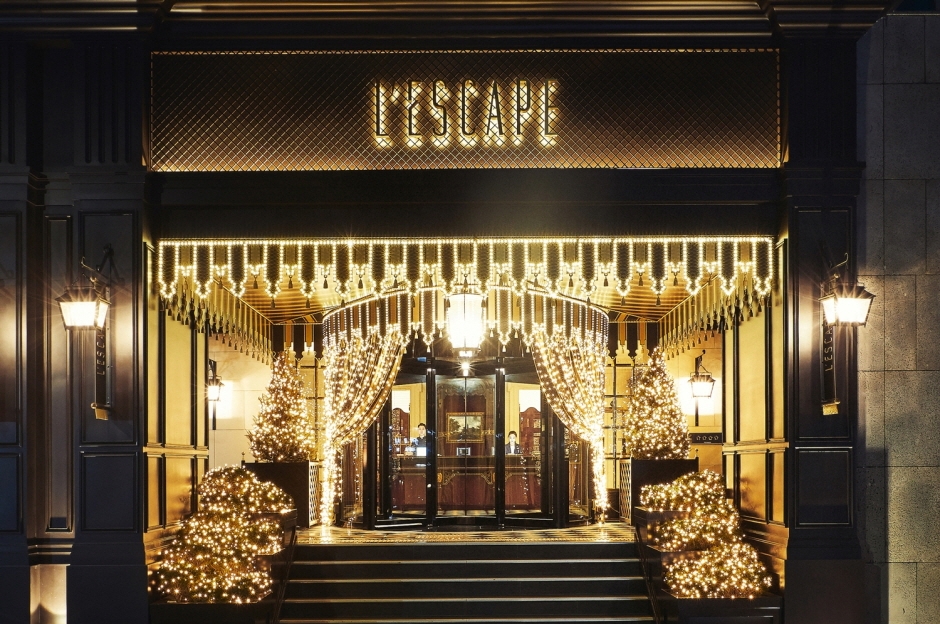
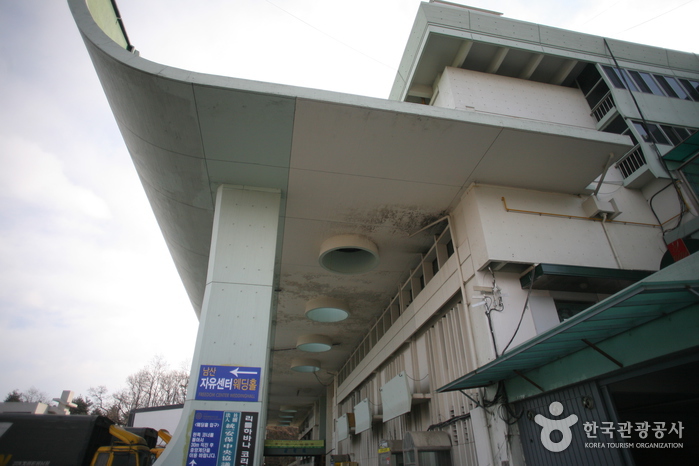
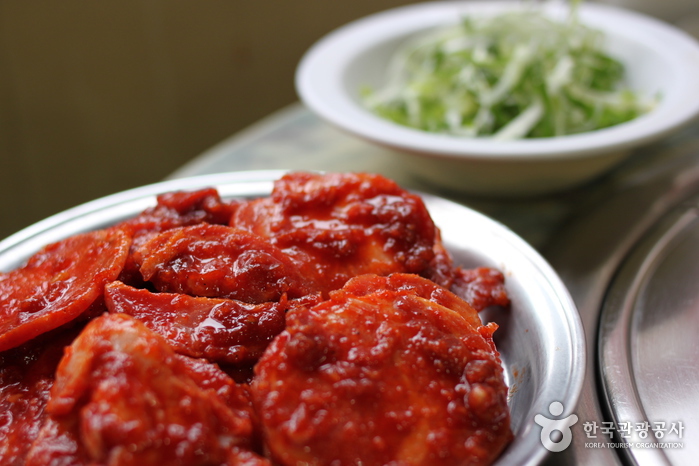
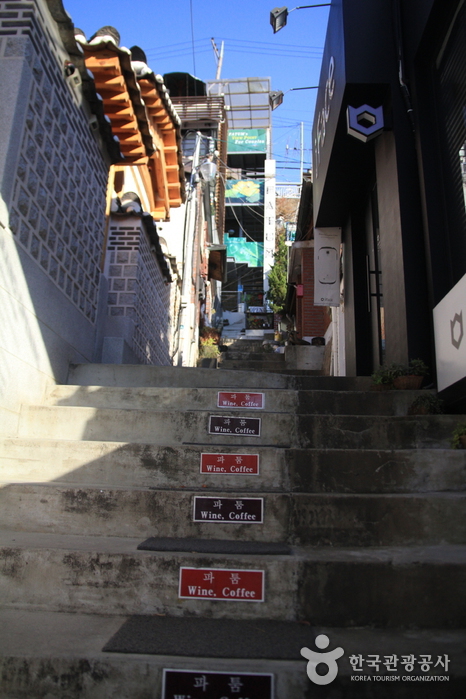
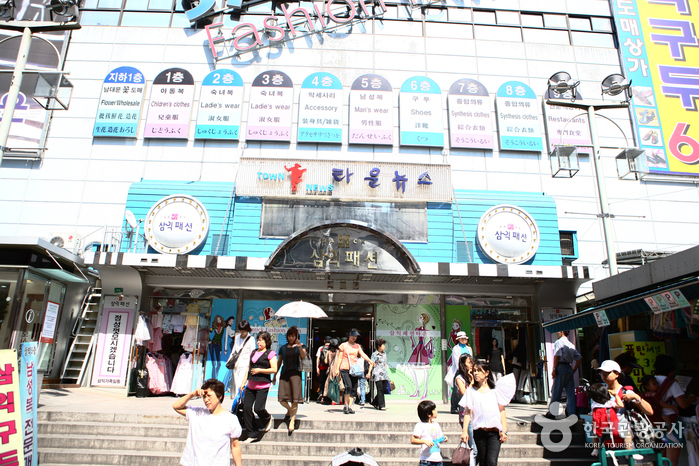
 English
English
 한국어
한국어 日本語
日本語 中文(简体)
中文(简体) Deutsch
Deutsch Français
Français Español
Español Русский
Русский